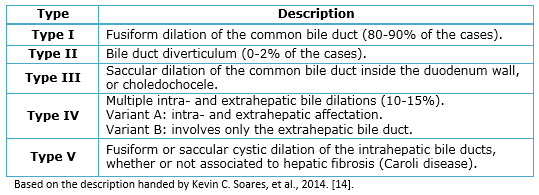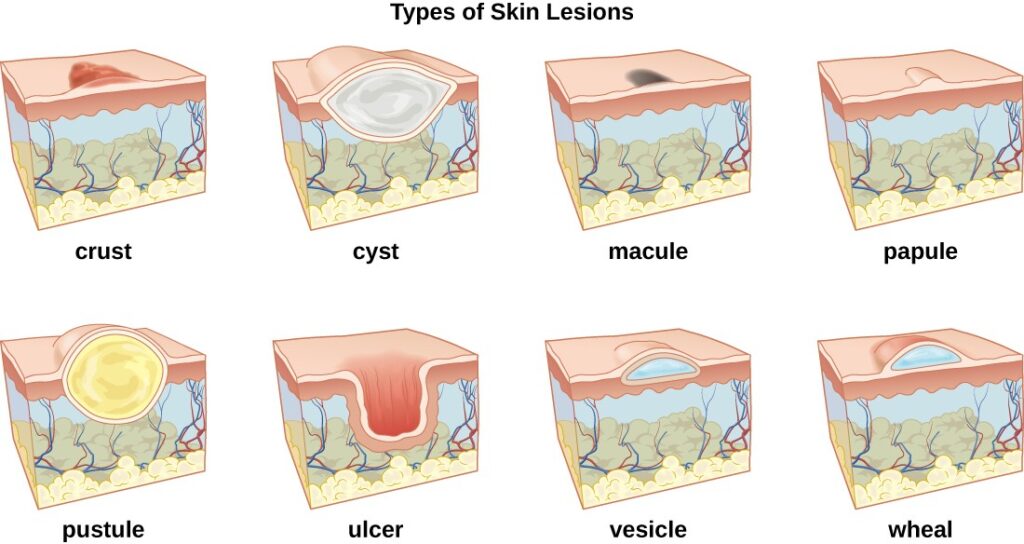Cysts, commonly referred to as fluid-filled sacs, can develop in various parts of the human body. They are often harmless but may sometimes require medical attention depending on their size, location, and potential to cause complications. Understanding cysts involves knowing their types, causes, symptoms, diagnostic methods, and treatment options. This article aims to provide a comprehensive overview of these aspects to help readers gain a better understanding of cysts and how they are managed.

What Are Cysts?
A cyst is a closed pocket or pouch that contains fluid, air, or other substances. These structures can form anywhere in the body, including the skin, organs, and tissues. While some cysts are small and go unnoticed, others can grow large enough to cause discomfort or interfere with normal bodily functions. Cysts are typically noncancerous, but in rare cases, they may be associated with cancerous growths.
Common Types of Cysts
There are numerous types of cysts, each with distinct characteristics based on their location and origin. Below are some of the most common types:
- Epidermoid Cysts: These cysts form beneath the skin and are usually filled with keratin, a protein found in hair and nails. They are often caused by blocked hair follicles.
- Sebaceous Cysts: Despite their name, these cysts do not originate from sebaceous glands. Instead, they form due to blockages in the ducts of oil-producing glands in the skin.
- Ovarian Cysts: These cysts develop on or within the ovaries and are common among women of reproductive age. They are often linked to hormonal changes during the menstrual cycle.
- Baker’s Cysts: Also known as popliteal cysts, these occur behind the knee and are often associated with joint conditions such as arthritis.
- Pilonidal Cysts: These cysts form near the tailbone and are more common in men than in women. They often result from ingrown hairs or skin irritation.
- Ganglion Cysts: Typically found on the hands or wrists, these cysts are filled with a jelly-like fluid and are often connected to joints or tendons.
Causes of Cysts
The formation of cysts can be attributed to a variety of factors, depending on the type of cyst and its location. Some of the most common causes include:
- Blockage of Ducts or Passages: When ducts or passages in the body become blocked, fluids can accumulate and lead to cyst formation. For example, sebaceous cysts often result from blocked oil glands.
- Infections: Certain infections can trigger the development of cysts. For instance, abscesses, which are pus-filled cysts, often form as a result of bacterial infections.
- Injury or Trauma: Physical trauma to tissues or organs can sometimes lead to the formation of cysts. Pilonidal cysts, for example, are often linked to skin irritation or injury in the tailbone area.
- Hormonal Changes: Fluctuations in hormone levels, particularly in women, can contribute to the development of ovarian cysts.
- Genetic Factors: In some cases, cysts may be hereditary or linked to genetic conditions. Polycystic kidney disease, for example, is a genetic disorder that causes multiple cysts to form in the kidneys.
Symptoms of Cysts
The symptoms of cysts vary widely depending on their size, location, and whether they are infected or inflamed. Some cysts may not produce any noticeable symptoms, while others can cause significant discomfort or complications. Common symptoms include:
- Visible Lump or Swelling: Many cysts appear as raised bumps on the skin or as swelling in deeper tissues.
- Pain or Discomfort: Larger cysts or those located near nerves or joints may cause pain or discomfort, especially if they press on surrounding structures.
- Redness or Inflammation: Infected or inflamed cysts may appear red, swollen, and warm to the touch.
- Drainage of Fluid: Some cysts may rupture, leading to the discharge of fluid or pus.
- Functional Issues: Cysts in certain locations, such as the ovaries or kidneys, may interfere with normal bodily functions, leading to symptoms like irregular menstrual cycles or urinary problems.
Diagnosing Cysts
Diagnosing cysts typically involves a combination of physical examinations, imaging tests, and laboratory analyses. The specific diagnostic approach depends on the type and location of the cyst. Common methods include:
- Physical Examination: A healthcare provider may examine the cyst to assess its size, shape, and texture. This can help determine whether further testing is necessary.
- Imaging Tests: Techniques such as ultrasound, magnetic resonance imaging, or computed tomography scans are often used to visualize cysts and evaluate their characteristics.
- Biopsy: In some cases, a sample of the cyst’s contents or tissue may be removed for analysis under a microscope. This helps rule out cancer or infection.
- Laboratory Tests: If the cyst is infected, a sample of the fluid may be sent to a laboratory to identify the causative organism and guide treatment.
Treatment Options for Cysts
The treatment of cysts depends on their type, size, location, and whether they are causing symptoms or complications. In many cases, no treatment is necessary, especially if the cyst is small and asymptomatic. However, when intervention is required, several options are available:
Observation and Monitoring
For cysts that are not causing symptoms or complications, healthcare providers may recommend regular monitoring to ensure they do not grow or change over time. This approach is often used for small, benign cysts that pose no immediate risk.
Medications
In cases where cysts are infected or inflamed, medications may be prescribed to address the underlying issue. Common treatments include:
- Antibiotics: If the cyst is infected, antibiotics may be used to eliminate the bacteria causing the infection.
- Anti-inflammatory Drugs: Over-the-counter or prescription anti-inflammatory medications can help reduce pain and swelling associated with cysts.
Drainage Procedures
For cysts that are large or causing discomfort, a healthcare provider may perform a drainage procedure. This involves inserting a needle into the cyst to remove its contents. While this can provide temporary relief, drained cysts often refill over time, requiring additional treatment.
Surgical Removal
In cases where cysts are persistent, recurrent, or causing significant symptoms, surgical removal may be recommended. This procedure involves excising the entire cyst, including its wall, to prevent regrowth. Surgery is often performed under local or general anesthesia, depending on the cyst’s location and size.
Lifestyle and Home Remedies
While medical treatment is often necessary for problematic cysts, certain lifestyle measures can help manage symptoms or reduce the risk of recurrence:
- Warm Compresses: Applying a warm compress to the affected area can help reduce pain and promote drainage of infected cysts.
- Proper Hygiene: Maintaining good hygiene, particularly in areas prone to cyst formation, can help prevent infections and reduce the risk of cyst development.
- Avoiding Irritants: Minimizing exposure to irritants, such as harsh chemicals or tight clothing, can help prevent skin-related cysts.
When to Seek Medical Attention
While many cysts are harmless, certain signs and symptoms warrant prompt medical attention. These include:
- Rapid growth or enlargement of the cyst
- Severe pain or discomfort
- Redness, warmth, or swelling around the cyst
- Fever or other signs of infection
- Interference with daily activities or bodily functions
If any of these symptoms occur, it is important to consult a healthcare professional for proper evaluation and treatment.





